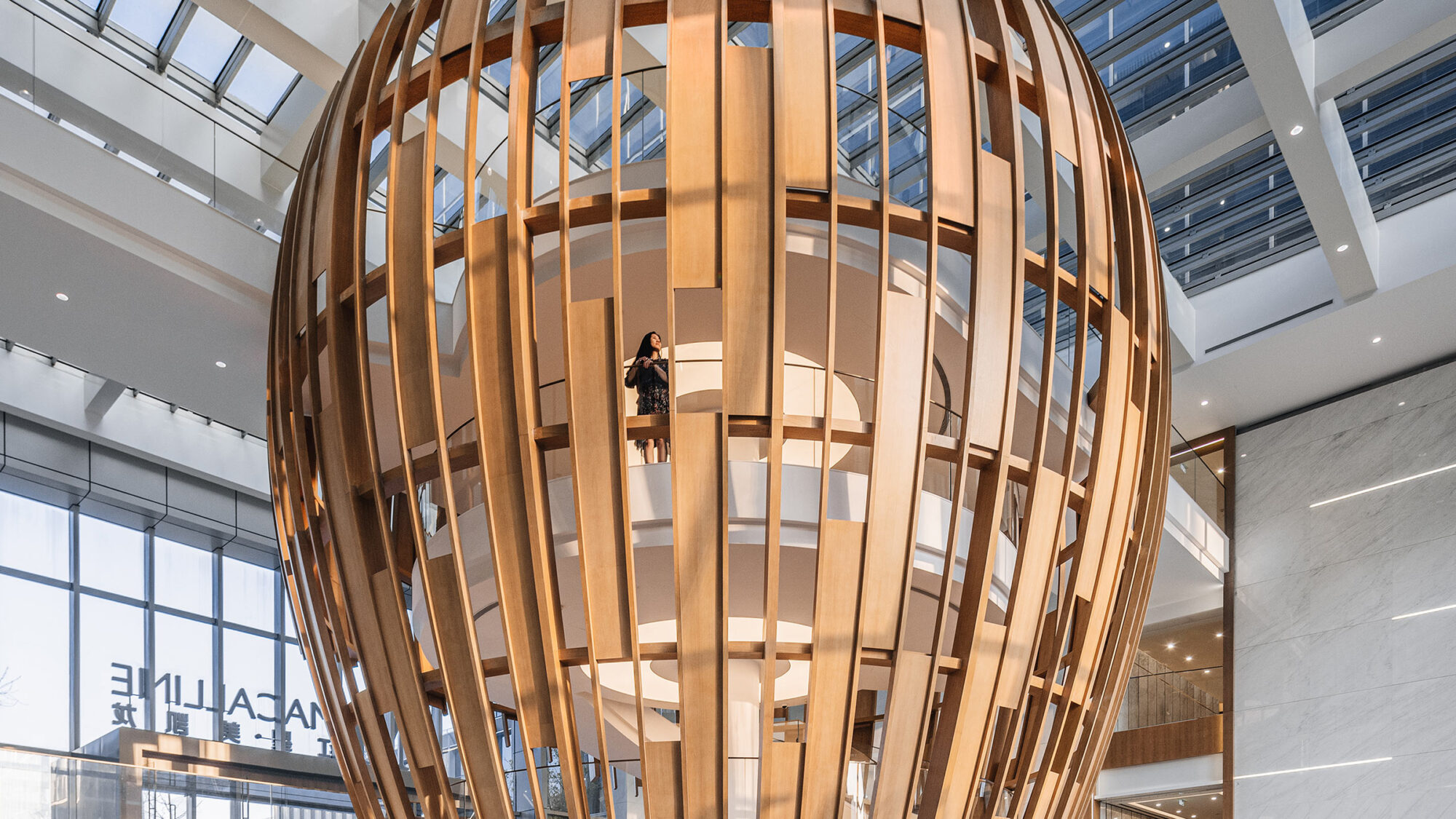

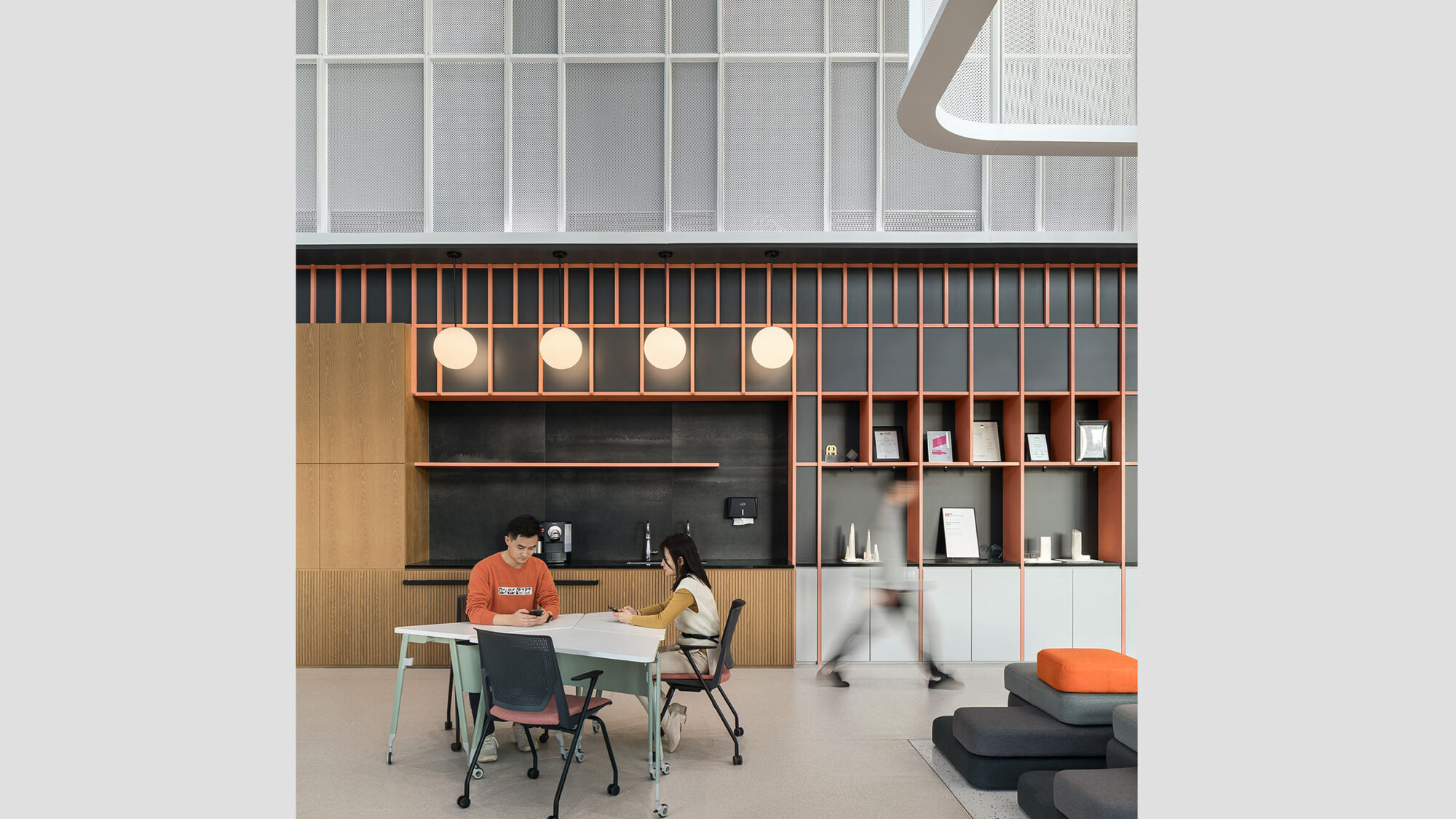


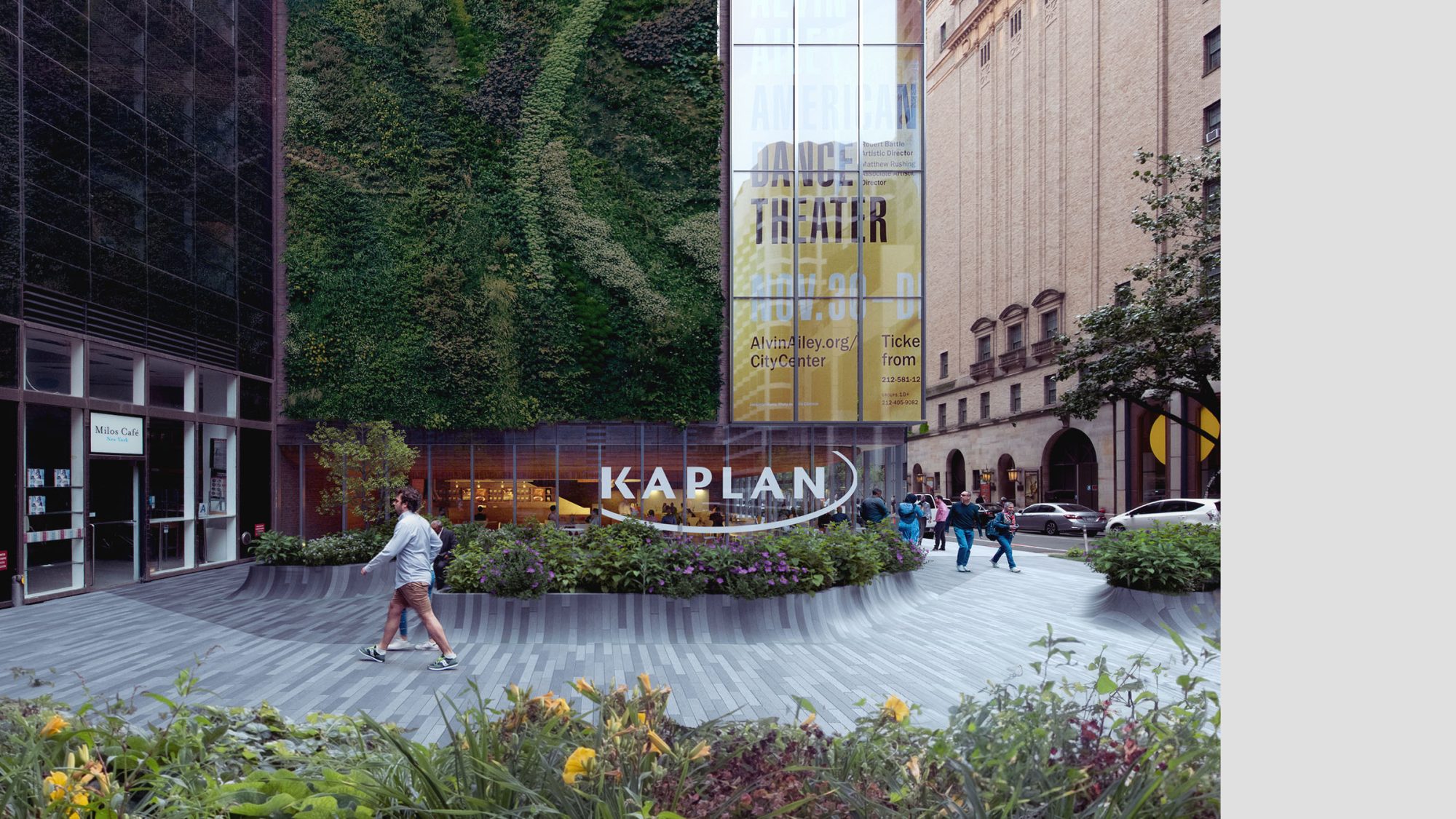
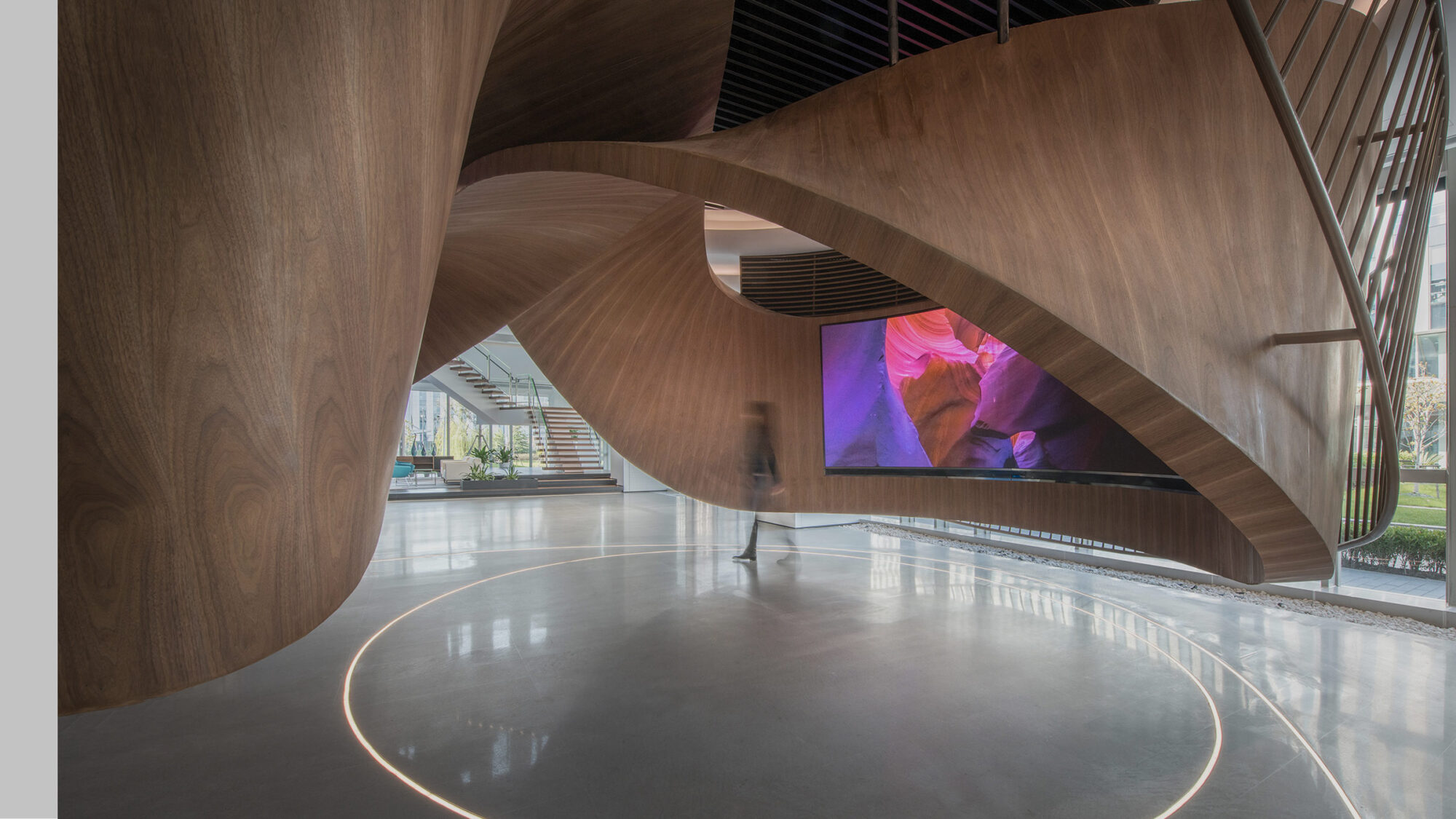
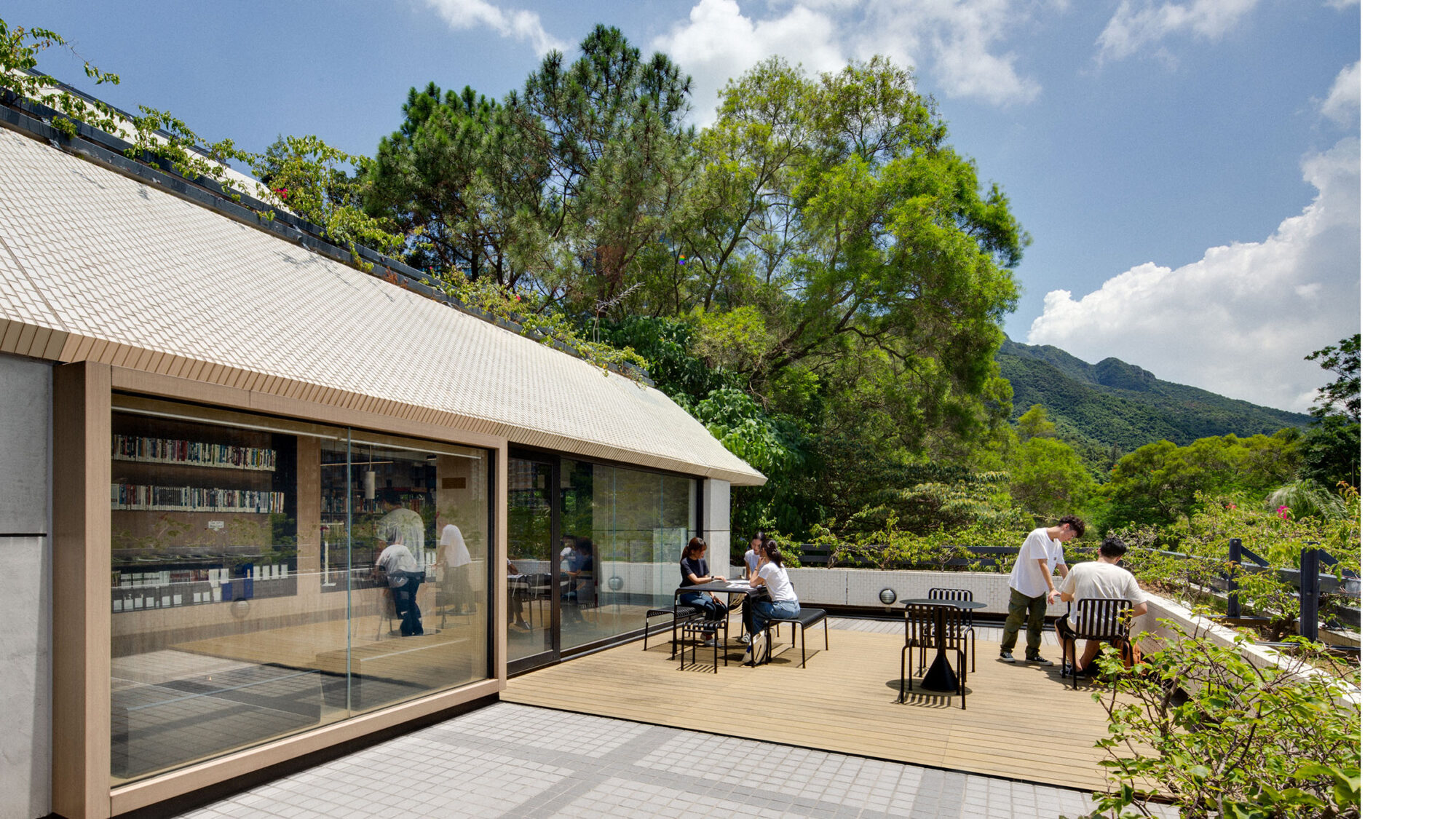


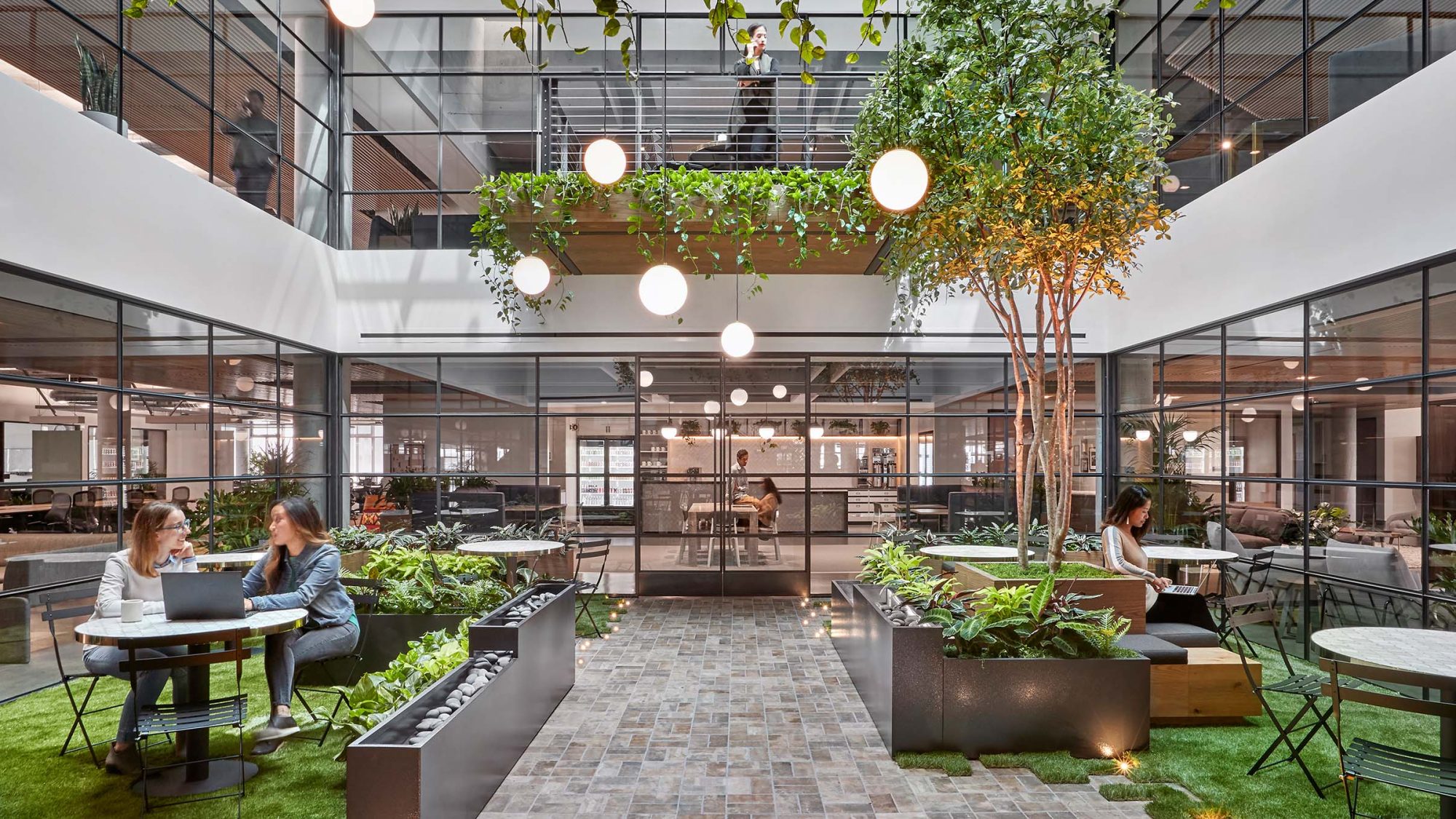
The financial services sector is entering a pivotal era of opportunity. With rapid technological advancement, shifting employee expectations and evolving regulatory landscapes, there’s immense potential to reshape the workplace into a powerful driver of transformation. When thoughtfully designed, today’s financial workplaces can enhance productivity, support security, and advance goals in sustainability and wellbeing. By rethinking legacy models, firms can create environments that align with hybrid work and digital evolution while empowering employees with greater flexibility and purpose.
Our team recently worked with HSBC to create one of the most forward-thinking financial workplaces. We know the ins and outs of financial workplace design that drives both business performance and employee engagement. This article explores how financial services companies can rethink their workplace strategies to stay competitive.
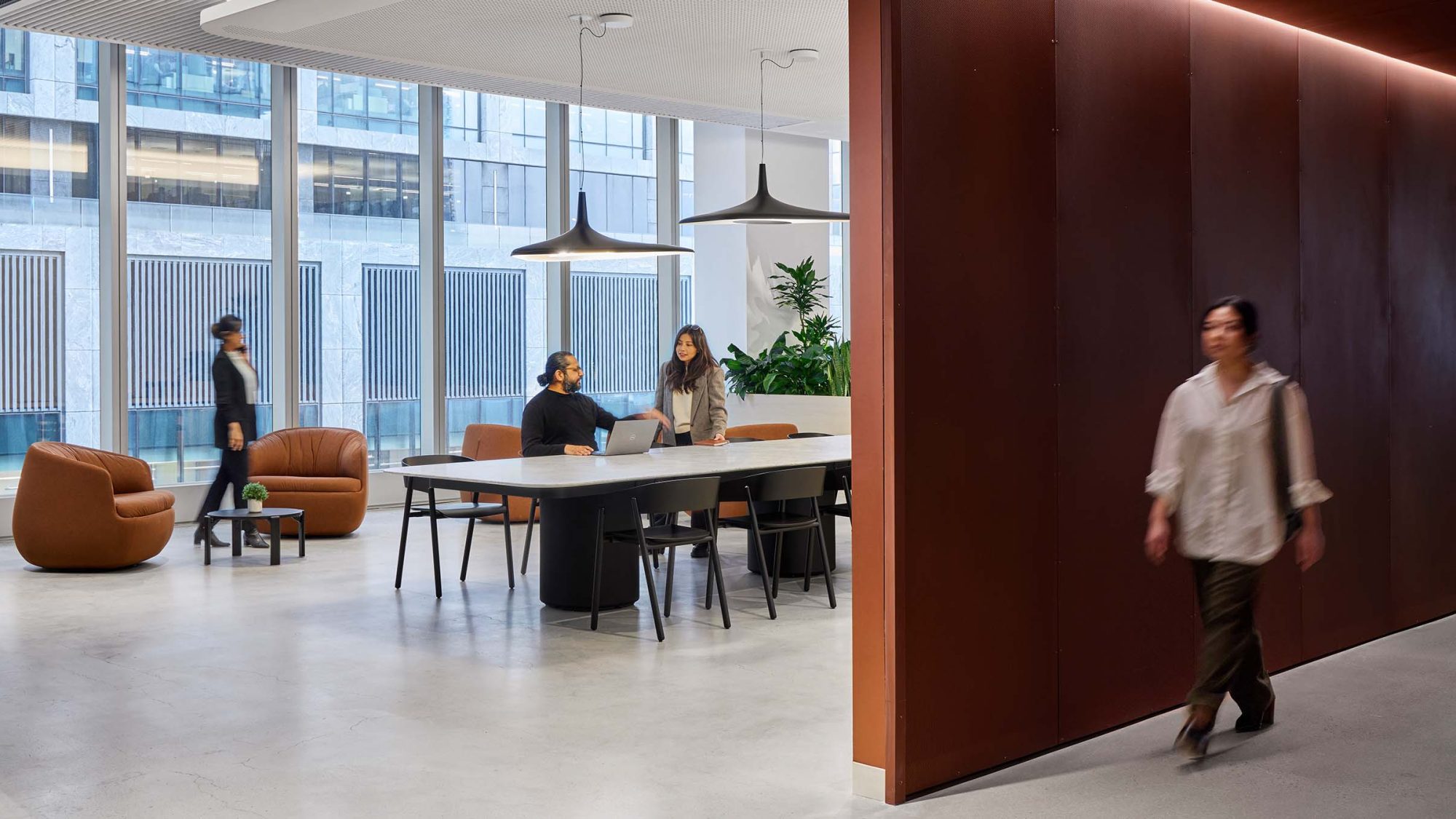 HSBC’s headquarters at The Spiral in Hudson Yards is a case study in innovation and breaking free from outdated financial workplace myths.
HSBC’s headquarters at The Spiral in Hudson Yards is a case study in innovation and breaking free from outdated financial workplace myths. Hybrid work is here to stay and a majority of financial services companies are adopting flexible work models. Yet, many companies continue to struggle with balancing in-office presence and remote collaboration.
Key strategies to optimise hybrid workplaces include:
A well-designed workplace ensures that employees feel engaged and productive regardless of where they work.
In the financial services industry, handling sensitive data is non-negotiable. As companies embrace digital transformation and hybrid work, physical financial office design must integrate security features that protect both digital and physical assets.
Solutions include:
By designing for security from the outset, financial services companies can enhance compliance and mitigate risks. This provides peace of mind for both employees and clients.
Sustainability is no longer just a corporate responsibility, it’s a business advantage. The financial services industry is increasingly prioritising ESG commitments, and workplace design plays a critical role in achieving these goals.
Key sustainable design elements include:
Recent research suggests that financial services companies investing in sustainability are more likely to outperform their peers in financial returns and employee engagement.
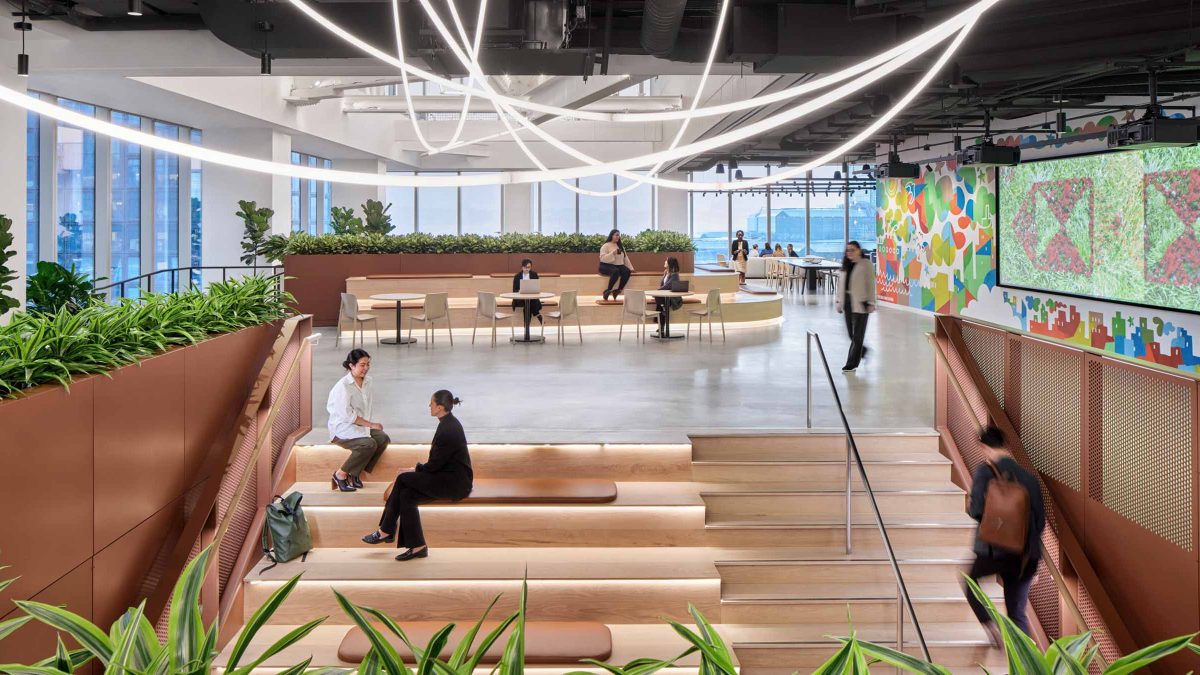 HSBC New York will be the first Zero Carbon workplace in the world with WELL Platinum, LEED Platinum, RESET, BLUE and GUDC certifications.
HSBC New York will be the first Zero Carbon workplace in the world with WELL Platinum, LEED Platinum, RESET, BLUE and GUDC certifications. Finance is a high-stress industry, with higher burnout rates than many other sectors. Companies that prioritise employee wellbeing see increased retention, better performance and improved workplace culture.
Designing for wellbeing includes:
Forward-thinking companies recognise that a healthier workforce leads to better decision-making and long-term success.
The financial workplace is no longer just desks and conference rooms. It’s shifting into a strategic enabler of business success. By embracing flexible work models, security-focused design and sustainability initiatives, the financial services sector can create workplaces that naturally attract top talent. Prioritising employee wellbeing further enhances engagement and productivity. Together, these strategies improve operational efficiency and drive competitive advantage.
You can also check out our guide and discover how leading financial institutions are transforming their workplaces to fuel innovation, support employee wellbeing and meet the demands of a new era.
We tailored this workplace guide for senior decision-makers and corporate real estate professionals across the financial services sector, including:
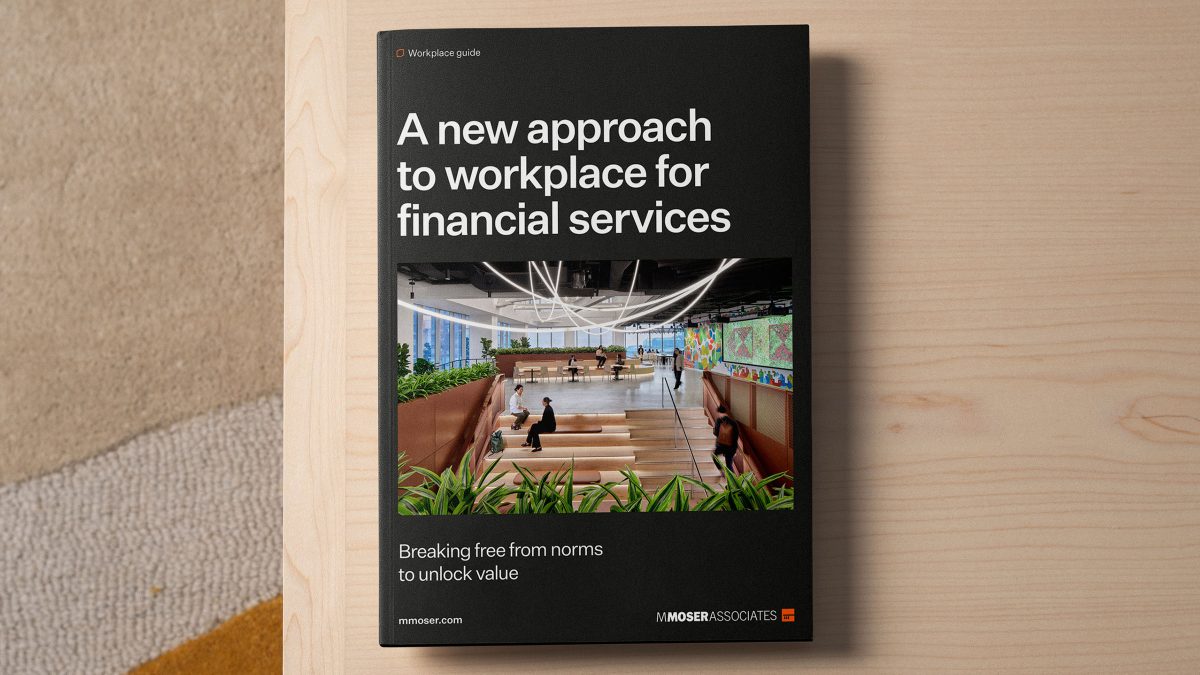
We’re leading the way in redefining financial workplace design and helping companies build future-ready spaces that balance innovation, security and employee experience. Are you ready to future-proof your workplace?
Contact us to learn more.